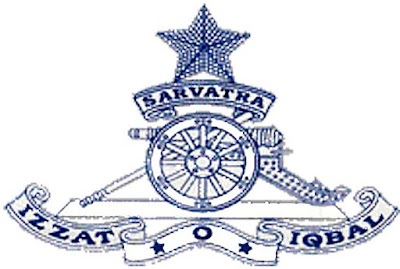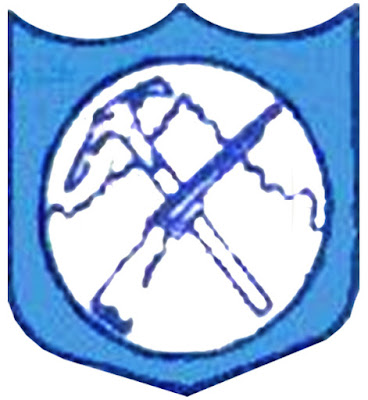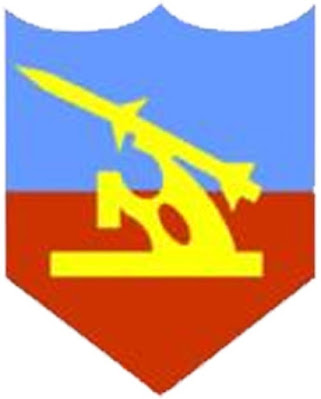SREE VIDYANIKETHAN INTERNATIONAL SCHOOL, TIRUPATI

SREE VIDYANIKETHAN INTERNATIONAL SCHOOL, TIRUPATI Sree Vidyanikethan International School, Tirupati (SVIS) aims to provide academic excellence coupled with knowledge beyond the texts, sculpting promising individuals of tomorrow. Managed by the actor, Dr. M. Mohan Babu, the institution was established in the year 1993. The emblem of this school is referred to as The Tree of Enlightenment. This emblem has a tree with an eye and the main trunk of the tree forms part of a building with a door and window. The name of the school is written in a pink colour sans serif font.







